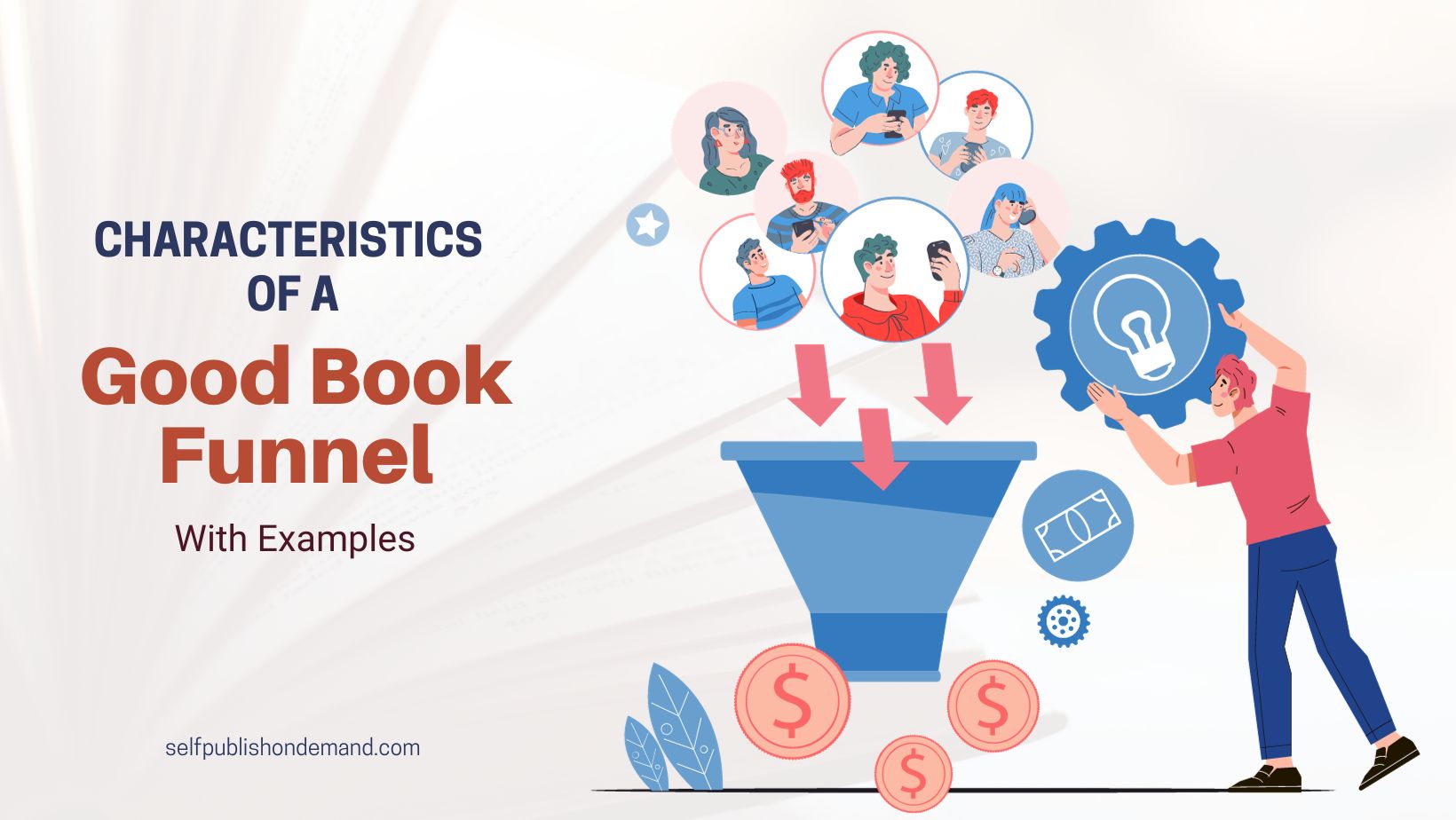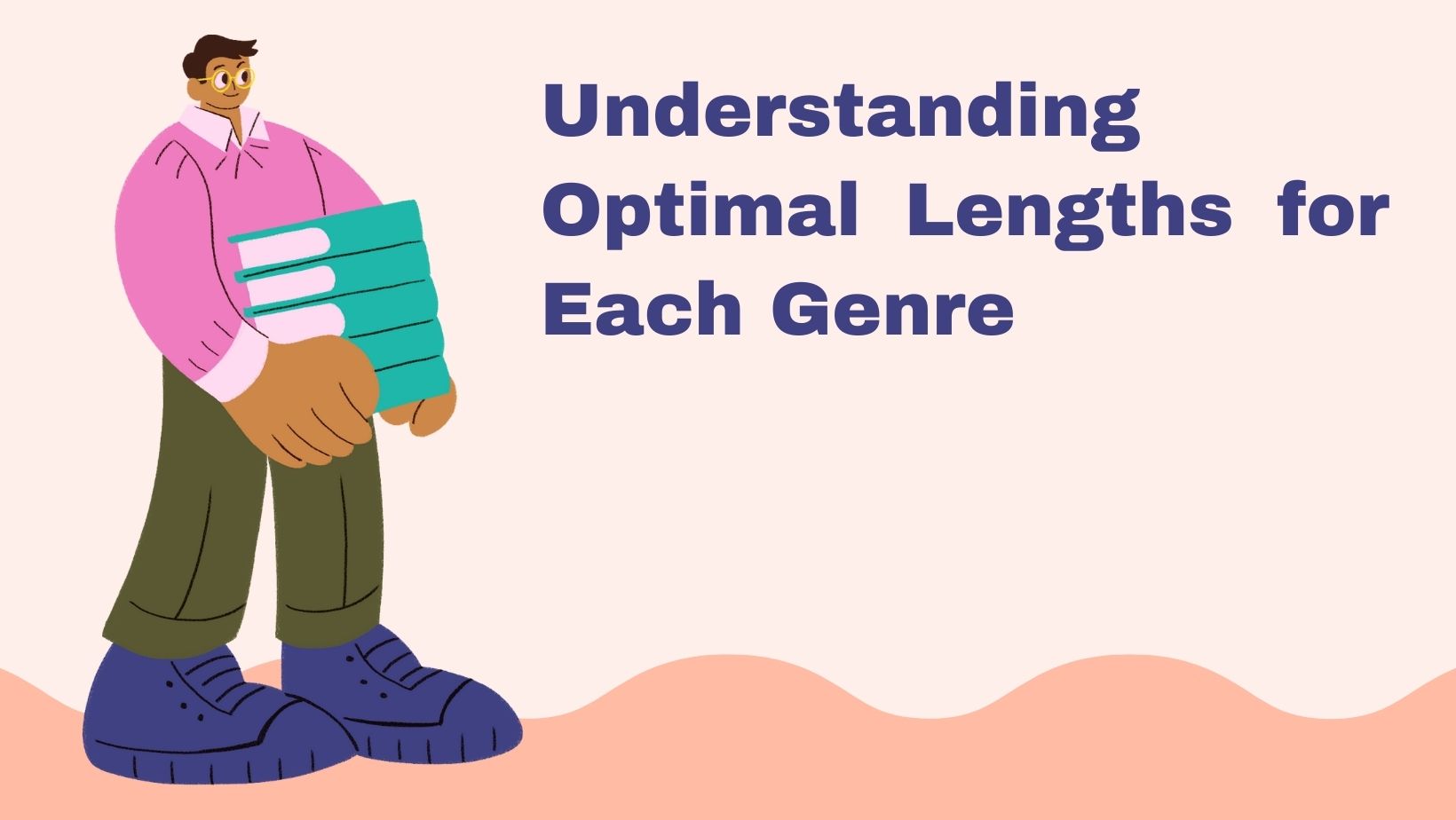The first step in Pricing Your Book is understanding your costs. This includes the cost of the editor, cover design, interior design, and any other professional services you plan to use. You’ll also need to factor in the cost of printing and shipping. Once you know your costs, you can start to price your book.
Table of Contents
Fixed Pricing Your Book
Before you can establish how much to charge for your book, you need to know your production costs. These costs—la called your fixed costs—include such items as editorial services, design and typesetting, printing, and binding. They remain constant regardless of the number of books you print.
To calculate your fixed costs, start with a per-unit cost for each of the necessary production services. For example, you may pay an editor $500 to edit a book with a print run of 1,000 copies. To calculate the per-unit cost, divide the total cost of the service ($500) by the number of copies in the print run (1,000), which comes to $0.50 per unit. Once you have per-unit costs for all the necessary production services, add them together to get your total fixed cost.
Now that you know your fixed costs, you can start to think about how many books you need to sell to make a profit.
Variable costs of Pricing Your Book
When you’re Pricing Your Book, it’s important to consider all the costs that go into making it—these are your variable costs. Your variable costs will be different for every book, because they depend on the length of your book, the number of illustrations or photos, color printing, and other factors. Once you know your variable costs, you can add them to your fixed costs to come up with a total cost for each book. Here are some examples of variable costs:
Printing
This is probably the biggest variable cost for most books. The cost of printing a book depends on its length, the number of illustrations or photos, whether it’s printed in color or black and white, and other factors. For instance, a black-and-white interior with no illustrations might cost about $2.50 per copy to print, while a color interior with several illustrations could cost $4.50 per copy or more.
Binding
The cost of binding a book also depends on its length and the type of binding (perfect bound, paperback or hardcover, saddle stitched/stapled). A perfect-bound paperback might cost $1.00 to bind, while a paperback or hardcover book could cost $3.00 or more per copy.
Cover
The cost of creating a cover also depends on the design and whether it will be printed in color or black and white. A simple black-and-white cover might cost $100 to design and print, while a more complex color cover could cost $500 or more.
Know your value
How much should you charge for your book? It’s a common question among first-time authors, and one that has no easy answer. The price of your book is a reflection of its value. But how do you determine the value of your book?
What’s the market willing to pay?
When you’re ready to set a price for your book, it’s important to know how much the market is willing to pay. The best way to find out is to look at similar books and see what they are selling for. Of course, you can always go to your local bookstore or library and check the prices there. But the best place to get pricing information is online, where you can also find out how many copies of a particular book have sold.
Once you have an idea of what similar books are selling for, you can set your price accordingly. Keep in mind, however, that if you set your price too high, you may not sell many copies. And if you set it too low, you may not make much money on each sale. So, it’s essential to strike a balance between the two.
Here are some other things to keep in mind when Pricing Your Book:
- The cost of printing and distribution: This is a critical factor to consider when setting a price for your book. If it costs more to print and distribute your book than the market is willing to pay, then you may need to reconsider your price.
- The demand for your book: If there is a lot of demand for your book, you may be able to charge more than if there were less demand. It’s all about supply and demand!
- Your costs: Don’t forget to factor in your costs when setting a price for your book. If it costs you $10 to produce each copy of your book, then you need to make sure that your selling price covers those costs.
What’s your unique value proposition?
No matter what you’re selling, it’s important to know your unique value proposition (UVP). Your UVP is the one thing that makes your product or service different from anything else on the market. It’s what sets you apart and makes you worth buying from.
When it comes to Pricing Your Book, your UVP is key. If you can’t articulate what makes your book worth buying, you’re going to have a hard time convincing people to part with their hard-earned cash.
Here are a few questions to help you identify your book’s UVP:
- What problem does your book solve?
- How does your book solve that problem better than any other book on the market?
- Who is your target audience?
- What needs does your target audience have that your book meets?
Answering these questions will help you zero in on what makes your book special and valuable. From there, you can start to think about how much you should charge for it.
Use strategies to Pricing Your Book
Penetration pricing
Penetration pricing is the pricing technique of setting a relatively low initial entry price, often it is set at or just below the lowest price charged by competitors, to gain market share. The company expects to penetrate the market quickly and then raise prices as demand increases. This strategy is frequently used as part of a marketing campaign that may involve heavy discounting, advertising and promotion to attract consumers.
Skimming Pricing Your Book
Skimming pricing is a common pricing strategy where a company prices their product or service at a high price to take advantage of consumers who are willing to pay more for perceived value. Skimming can also be used as a way to recoup investments quickly, or to help offset the cost of deeply discounted pricing strategies.
There are two main dangers of using skimming as your primary pricing strategy:
- The first danger is that you may price yourself out of the market, especially if your product is not perceived as being significantly better than competing products.
- The second danger is that once you have established a high price, it can be very difficult to lower it without disappointing your customers or provoking a negative reaction from the market.
Value-based Pricing Your Book
Value-based pricing is a strategy where you set your price based on the perceived value of your book. This is a great option if you have a unique book or if your book is in high demand. When using this strategy, it’s important to make sure that your price is in line with the perceived value of your book. If you charge too little, people may not take your book seriously. If you charge too much, people may be turned off by the price.
Test of Pricing Your Book
If you want to find the perfect price for your book, the best way to do it is to test different prices. Try a few different prices and see which ones result in the most sales. You can also use Amazon’s Kindle Countdown Deals to discount your book for a limited time. This can help you boost sales and also get your book into the hands of more readers.

A/B testing
A/B testing, also known as split testing, is a technique used to compare two versions of a book cover (or any other marketing asset) to see which one performs better.
To A/B test your book cover, create two versions of your cover that are as similar as possible, except for one element that you want to test. For example, you could test different book title fonts, or whether a subtitle makes your book cover more effective.
Once you have created two versions of your book cover, upload both versions to your book sales platform (Amazon, Barnes & Noble, etc.), and track which version generates more sales. After a week or two, you should have enough data to determine which version of your book cover is more effective.
Price elasticity
Elasticity is a measure of how much one’s demand for a good changes in relation to price changes. If the demand for the good increases when the prices are raised, then the elasticity is said to be inelastic and vice versa. The formula for calculating elasticity is as follows:
dQ/dP = (Q2-Q1)/(P2-P1)
Where:
dQ/dP = change in quantity demanded per unit change in price (elasticity)
Q1 and Q2 = quantities of the good demanded at prices P1 and P2
P1 and P2 = prices of the good
If the value of dQ/dP is greater than 1, then demand is said to be elastic and if it is less than 1, then demand is inelastic. If dQ/dP equals 1, then demand is unitary elastic.
Be prepared to adjust
You may have a pricing strategy in mind for your book, but you also need to be prepared to adjust. If you find that your book is not selling at the price you originally set, consider changing the price. There are a few things you should keep in mind when pricing your book.
Know your break-even point
Your break-even point is the price at which you sell your book, such that the revenue from sales exactly covers the costs of producing the book. Below your break-even point, you are losing money on each sale; above your break-even point, you are making a profit on each sale.
To calculate your break-even point, you need to know three things: your production costs, your royalty rate, and your distribution fee.
Your production costs include all the costs associated with creating your book, such as editing, design, formatting, and cover creation. If you are working with a professional service provider for any of these stages, they will be able to give you an estimate of the cost. If you are doing any of these stages yourself, you will need to research the going rates for each service. And then add up all the estimated costs to get your total production cost.
Your royalty rate is the percentage of each sale that you will receive as payment. For example, if your book sells for $10, and your book production cost is $4, and the royalty rate is 60%, then you will receive $3.6 in royalties for each sale. The royalty rate will vary depending on how you are selling your book.
Your distribution fee is the percentage of each sale that goes to the retailer or distributor through whom the sale was made. For example, if you sell your ebook through Amazon, then your distribution fee will be 30% plus size of your book ebook file. Distribution fee is different for print book.
Once you have determined your production costs, royalty rate, and distribution fee, you can calculate your break-even point using this formula:
Break-even point = Production cost / (1 – Distribution fee – Royalty rate)
For example:
If it cost $500 to produce my book and my chosen retailer takes a 30% cut (i.e., my distribution fee is 70%), and my royalty rate is 60%, then my break-even point would be:
$500 / (1 – 0.7 – 0.6) = $500 / 0.3 = $2500
Have a plan B
No matter how much research you do or how confident you feel in your pricing strategy, there’s always the possibility that your book will flop at its current price point. In this case, it’s important to have a plan B.
You might consider discounting your book for a limited time to generate more interest and boost sales, or you could lower the price permanently if you feel that it’s not selling well at its current price.
It’s also essential to keep an eye on your competition and be prepared to adjust your prices accordingly. If a similar book to yours is selling for significantly less, it might be time to lower your prices to stay competitive.
Ultimately, pricing your book is a delicate balance and there’s no guarantee that you’ll get it right the first time. However, by doing your research, staying flexible, and monitoring the market closely, you’ll be in a much better position to succeed.



